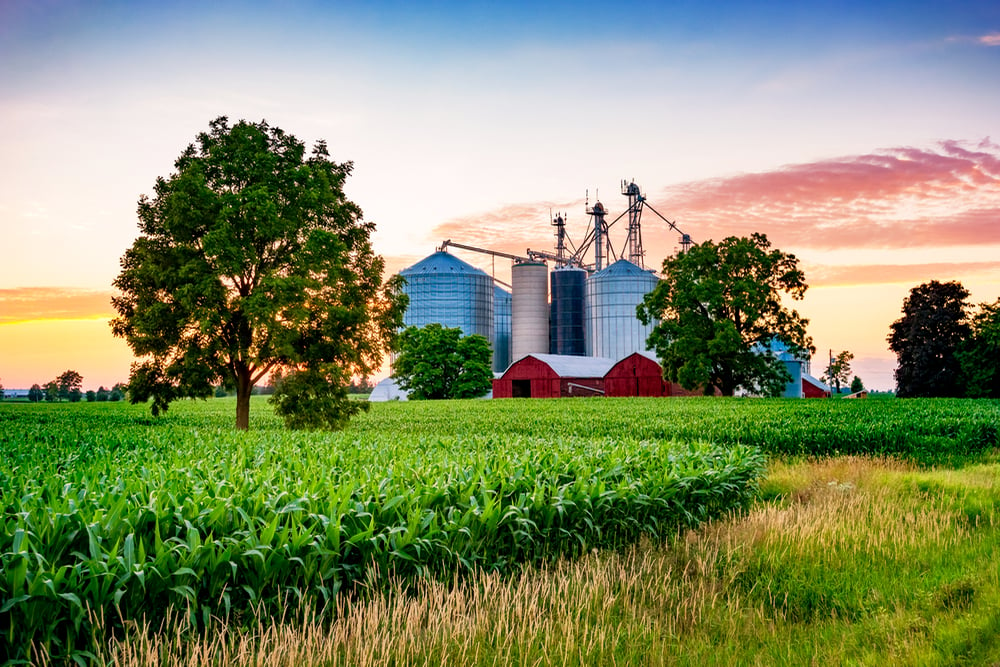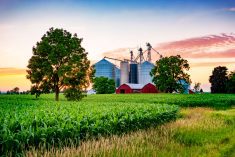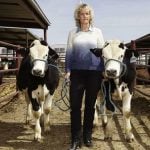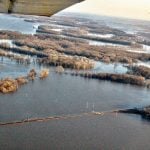All eyes are on Alberta as the province beefs up its support for livestock producers and, in the very same breath, tries to mould the industry into its new vision of sustainability.
It’s no secret that livestock producers across the country are facing tough times. Low prices, a volatile dollar, high feed costs, decreased market access… you name it, it has all conspired against the industry.
Even Alberta, the province with the deepest pockets and home to nearly 70 per cent of Canada’s beef, has felt the pressure.
Read Also

The wildly adaptable side of next gen agriculture
Some people just fall into the world of agriculture — and consider themselves lucky to have stumbled into such a…
Last year Alberta Agriculture and Rural Development, the provincial Agriculture Ministry, dug into its coffers and committed $300 million in direct funding to livestock producers through the Alberta Farm Recovery Plan (AFRP) II. (The first phase of the plan, including $165 million in transitional assistance, had been implemented in 2007.)
But this is no simple handout. When he announced the AFRP II funding last June, the province’s Ag Minister George Groeneveld also said that a competitive and sustainable livestock industry can not happen without radical change.
“Government will work closely with the livestock industry throughout this transformation process,” Groeneveld promised. “Producers who are unable or unwilling to transform their business by meeting these new verification and identification conditions may need to consider ways to exit the industry. It is vital that producers believe in the sustainable future of this industry.”
The $300 million AFRP II funds are split into two payments with the first delivered last fall and the second delivered early this year. Alberta Financial Services Corporation, a 70-year-old provincial Crown corporation, is administering the funds.
For the first time in Alberta’s history, these direct support payments have regulatory strings attached. In order to receive the payments, producers must comply with several regulations, including age verification and premise identification. As of January 1, 2009, age verification is required of all calves born from January 1, 2008 onward under the Animal Health Act.
The province has committed 30 staff to assist producers with the age verification process.
To be eligible for the first AFRP II payment, producers must have been actively
farming in Alberta in 2006 and 2007, and have livestock production in 2006. The second AFRP II payment will arrive only after age verification and premise identification practices have been adopted.
Alberta claims it isn’t just throwing money at producers; it is helping the industry evolve. In addition to the $300 million under the Alberta Farm Recovery Plan II, the province drafted a new war plan for its livestock sector, armed it with another $300 million, and created the Alberta Livestock and Meat Agency (ALMA) to lead the charge.
ALMA is gaining steam as a formal organization, with a CEO and nine board members. Jeff Kucharski has been heading up the agency since last July, relying on five workshops and 30 producer meetings across the province to glean input and advice from producers, with support from the Alberta Financial Services Corporation.
“Obviously there are questions from producers about what they’ve been asked to do,” says Kucharski.
The AFRP II payments, which in reality are a form of short-term assistance, are actually being used as transition money to help move the industry toward meeting the goals of the long-term Alberta Livestock and Meat Strategy.
“Alberta Agriculture also wanted to move away from annual ad hoc payments,” says Kucharski.
“Look for more programs and payments down the road that will further support the strategy and help build a foundation for long-term competitiveness and market access.”
Kucharski says he isn’t aware of any other program in Canada or beyond that has the long-term focus of the Alberta Livestock and Meat Strategy. “What we’re doing is unique,” Kucharski says. “It’s driven by the market crisis, competitiveness erosion and other events outside of the control of average producers.”
Programs in other provinces and countries deal with similar issues, such as animal health and traceability, but Kucharski says none of them combine all aspects under one strategy.
While ALMA will be working with other jurisdictions, it’s doing that so they can learn how to become compatible with Alberta’s standards. The message is: Alberta is driving this bus.
The Alberta plan might go national if other provinces decide to get in line. Don’t hold your breath, though, waiting for Alberta to sit down as part of some national forum and work collaboratively to design a new beef industry from the ground up.
Alberta also knows it may be holding a match to tinder-dry interprovincial relations.
There is some debate as to whether Alberta in future will close its border to beef that hasn’t been age verified. Requirements such as age verification, premise identification and traceability will create some trade barriers to producers in other provinces who want to finish their cattle in Alberta, says Kucharski.
ALMA will be meeting with Saskatchewan and British Columbia to build a schedule to make the transition easier.
So, what does Alberta’s livestock sector think about the cash flow to producers?
“If livestock producers in British Columbia and Saskatchewan can survive without the same government support, so could we, but there’s no doubt that the $300 million has had a benefit for producers in Alberta,” says Erik Butters, past chair of Alberta Beef Producers and a cow-calf producer west of Cochrane.
Butters says parts of the strategy are “right on,” such as improved traceability, trade initiatives, including increased market access, the creation of the Alberta Feed Grains Centre of Excellence, a strong board of directors and a large budget for the Alberta Livestock and Meat Agency, and a focus on reducing regulatory burdens. He says in some cases the cost of meeting regulations can be as high as $80 per head.
Other aspects of the strategy, however, are giving cattle producers some heartburn, particularly the mandatory ones, such as age verification.
As well, when the ALMA was announced six months ago, there was little talk about how things were going to work on a practical level. Butters says the government has, to its credit, been flexible on some of the deadlines.
“Our message to the province is that a big stick doesn’t work,” says Butters. “The government needs to capture the imagination of producers to increase buy-in and to build enthusiasm. Put away the stick — let’s talk.”
Based on his discussions with producers across the country, Butters says some provinces are a bit envious, or even resentful, of the amount of money flowing in Alberta. “I can appreciate that,” Butters says, “but at the same time we have a very large livestock sector and those dollars get spread out.”














